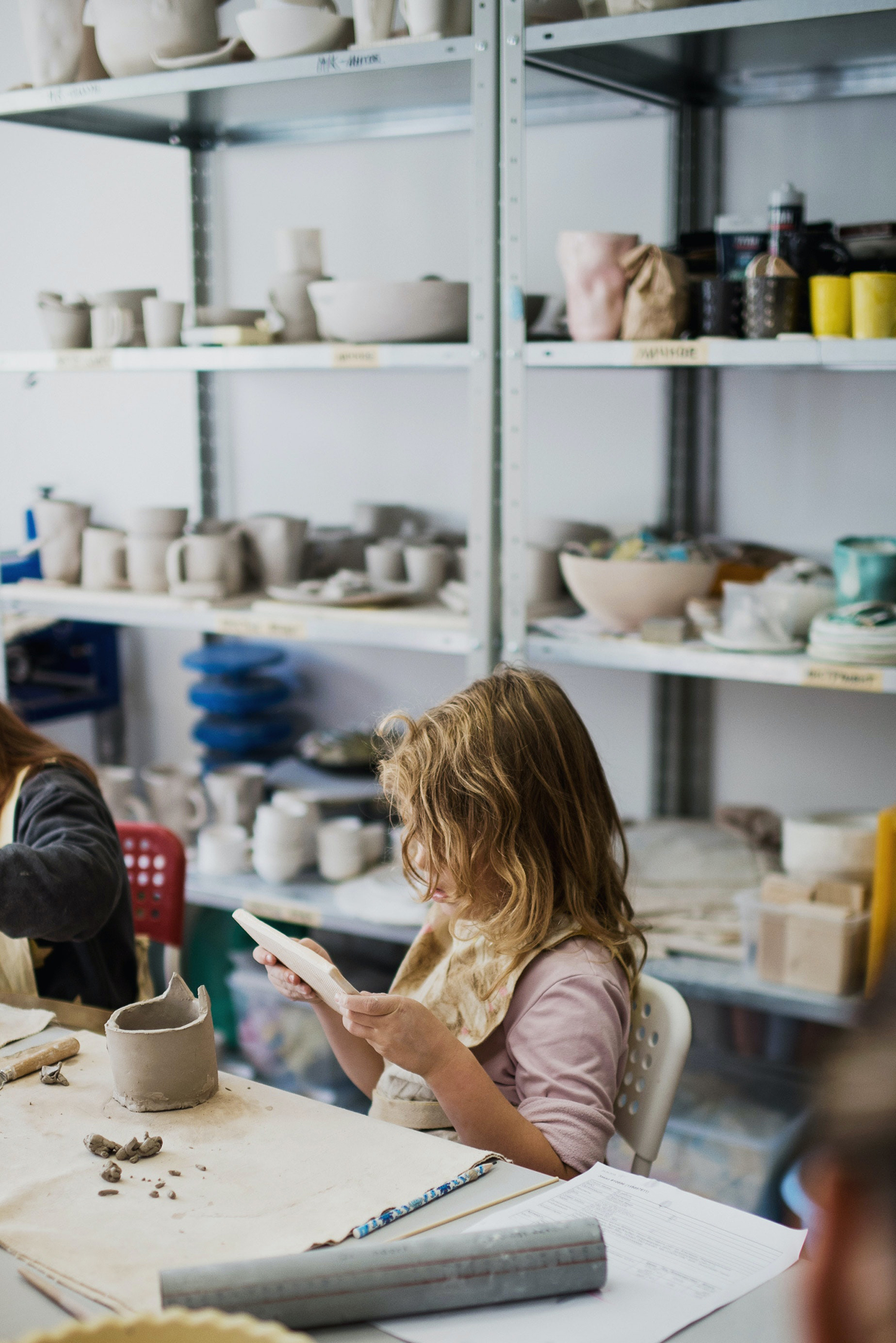Art is an integral part of education, and these two concepts are inseparable. However, over recent years, many schools have decided to teach fewer arts as part of their syllabus. Numerous debates are ongoing concerns for returning arts in education because it has a significant impact on children’s development.
First of all, art makes learning more fun than reading the text and numbers. Students would rather enjoy the learning process than do boring studies, and the only way to achieve this is to engage them in creative exercise through arts. Artistic expression does not only breaks the monotony of the traditional teacher-student interaction in class but also provides the students with an opportunity to showcase their best abilities in arts.
School administrators should be enlightened more about the significance of the intricate relationship between art and education. Below are essential characteristics of art being a vital part of education to consider:
Improved academic performance
Art has always been attributable to a child’s creativity. However, there is more than what meets the eye. The skills children learn in arts can then be applied to other subjects, resulting in an improved overall academic performance.
The Americans Arts Association asserts that students who take part in the arts regularly (four hours a day throughout the year) are five times likely to perform better in other subjects. Moreover, such students have added advantage of wining in custom writing and essay review competitions, among others. As such, the relationship that exists between art and other subjects makes it an essential part of the education systems.
Parents should be at the forefront to encourage their children who have shown interest in arts to continue practicing. If you might have noticed that your child has a hobby for drawing, painting, etc., then you should guide the child to put more practice in arts. Notably, the enhanced skills in art are an indication that a learner can perform well in other subjects.
Advanced collaboration skills
The artistic discipline, such as music, painting, acting and signing in a choir, all call for cooperation. Students are required to work together to achieve the desired outcome. Consequently, learners are taught how to share responsibilities amongst them.
Notably, through shared responsibility, each learner is compelled to become more self-disciplined since their actions and choice could affect the others. As a result, there is an enhanced spirit of teamwork among students. The best thing about collaborating with others is that it is not only applicable in arts but also other subjects.
Teachers can have an easy time when organizing for group discussions if each student can play their part under minimal supervision. Also, learners can learn how to compromise to be able to achieve the group’s objective.
Imagine a situation where students are ready to help each other to achieve a common goal. It promotes interpersonal skills, as well as the team spirit that is mostly needed when learning in groups. For this reason, art is an essential part of the education system, particularly in enhancing collaboration skills among students.

Perseverance
Perseverance is a virtue that is admired by all people. It is well-nurtured through art. Learning art entails numerous challenges that would require a student to persevere in learning. For instance, playing guitar for the first time is not a walk in the park kind of experience. Getting to learn the different chords and strings while learning how to play a guitar calls for immense perseverance.
If one quickly gives up or gets frustrated, then most likely, they will not learn to play successfully. As such, student learning arts tend to have more perseverance that helps them learn to play all sorts of musical instruments, even when they are complex. As a result, they transfer such a virtue in the learning experiences in the other subjects.
The outcome of such virtue is that they learn more concepts from all the different subjects. For this reason, art is a pertinent part of the education system since it teaches students admirable qualities that should be emulated by the society.
Final Thoughts
Art in education remains an essential part of developing the learners’ critical thinking abilities, which assist children in further daily learning processes. Though there has been a decline in the number of schools that offer art lessons, we need a paradigm shift towards reevaluating the role of art in education. Art lessons are the epitome of creativity and critical thinking that assist children in many of the learning experiences.






